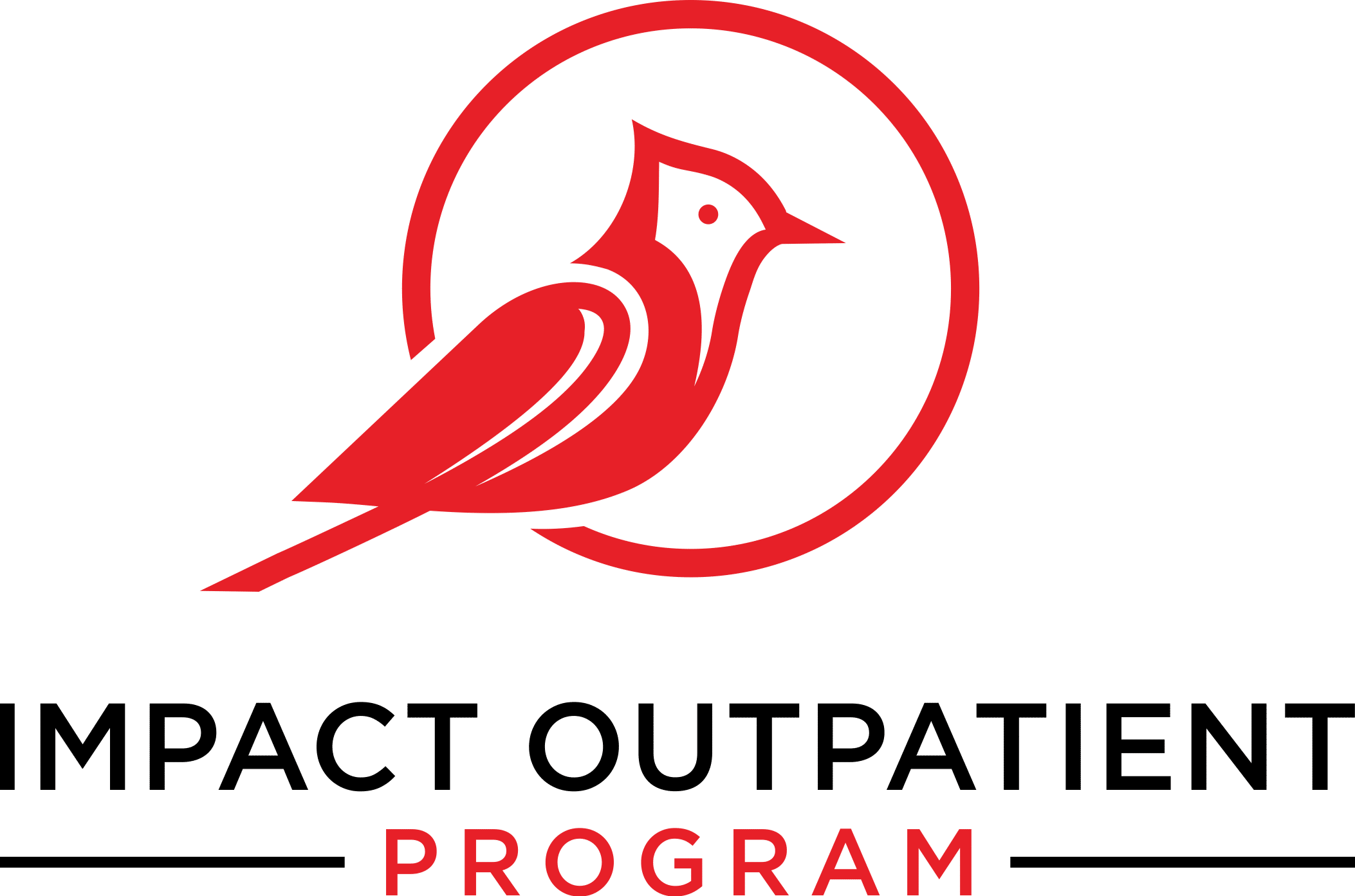Addiction is a complex disease that requires multifaceted approaches for effective treatment. For addiction professionals, the focus has always been on finding the most efficient and impactful methods to help patients achieve lasting recovery.
One such promising approach is Intensive Outpatient Treatment (IOT). We’ll dive into the components of IOT, its benefits, and how it can be a game-changer in the field of addiction recovery.
Understanding Intensive Outpatient Treatment (IOT)
Intensive Outpatient Treatment is a structured, non-residential program designed for individuals struggling with addiction. Unlike inpatient programs, IOT allows patients to maintain their daily routines while receiving high-quality treatment. This blend of flexibility and intensity makes IOT a compelling option for many.
Flexibility Meets Intensity
What sets IOT apart is its ability to offer intensive care without requiring patients to live at a facility. This flexibility is particularly beneficial for those who have work or family obligations. The structured environment ensures that patients receive comprehensive care, including individual therapy, group counseling, and educational sessions.
Components of IOT
Intensive Outpatient Treatment generally includes several core components:
- Individual Therapy: Personalized sessions aimed at addressing specific issues related to addiction.
- Group Counseling: Facilitates peer support and shared experiences.
- Educational Workshops: Provides essential information about addiction and recovery.
These elements collectively create a robust framework that supports long-term recovery.
Who Can Benefit from IOT?
IOT is suitable for individuals at different stages of addiction. Whether someone is transitioning from inpatient care or seeking a less restrictive option, IOT offers a viable solution. Its adaptability makes it an excellent choice for a wide range of patients, from young adults to older individuals.
Benefits of Intensive Outpatient Treatment
Intensive Outpatient Treatment offers numerous benefits that make it an attractive option for both patients and professionals.
Cost-Effectiveness
One of the most significant advantages of IOT is its cost-effectiveness compared to inpatient treatment. Since patients do not reside in the facility, the overhead costs are significantly reduced. This affordability makes it accessible to a larger population, thereby increasing the scope of treatment.
Continuity of Care
IOT ensures continuity of care, which is crucial for long-term recovery. Patients can integrate their treatment into their daily lives, making it easier to apply what they learn in therapy to real-world situations. This seamless integration is often missing in more isolated treatment settings.
Community Support
The group counseling component of IOT fosters a sense of community among patients. This peer support can be invaluable in the recovery process. Sharing experiences and coping strategies with others who are going through similar challenges can provide emotional and psychological support that enhances treatment outcomes.
How IOT Complements Other Treatments
Intensive Outpatient Treatment is not a standalone solution but works best when integrated with other treatment modalities.
Transitioning from Inpatient Care
For patients who have completed an inpatient program, IOT serves as an excellent transitional phase. It helps them gradually reintegrate into their daily lives while still receiving structured support. This step-down approach can significantly reduce the risk of relapse.
Combining with Medication-Assisted Treatment (MAT)
IOT can be combined with Medication-Assisted Treatment (MAT) to provide a more comprehensive approach to addiction recovery. MAT involves the use of medications to manage withdrawal symptoms and cravings, and when paired with IOT, it offers a well-rounded treatment plan.
Holistic Approaches
Many IOT programs incorporate holistic approaches such as mindfulness, yoga, and nutritional counseling. These complementary therapies can enhance the overall effectiveness of the treatment and contribute to the well-being of the patients.
Challenges and Limitations of IOT
While Intensive Outpatient Treatment offers numerous benefits, it also has its challenges and limitations.
Requires High Patient Motivation
IOT demands a high level of commitment and motivation from patients. Since they are not in a controlled environment, the temptation to relapse can be higher. Therefore, patient selection is crucial for the success of IOT programs.
Limited Medical Supervision
Unlike inpatient programs, IOT lacks 24/7 medical supervision. This limitation makes it unsuitable for individuals with severe addictions or those at high risk of medical complications. Screening and assessment are essential to determine if a patient is a good fit for IOT.
Varying Quality of Programs
The effectiveness of IOT can vary significantly depending on the quality of the program. It is essential for addiction professionals to thoroughly evaluate and select reputable IOT programs that adhere to evidence-based practices.
Reach Out to Impact IOP – Louisville Addiction Treatment Center Today
Intensive Outpatient Treatment offers a flexible, cost-effective, and comprehensive approach to addiction recovery that has shown promising results. While it may have its challenges and limitations, the continued advancements in technology and research make IOT an exciting option for both patients and professionals.
If you’re interested in learning more about IOT treatment for yourself or a loved one, reach out to Impact IOP – Louisville Addiction Treatment Center today. Our team of experienced professionals can provide valuable insights and support in navigating the world of Intensive Outpatient Treatment. Let’s work together towards a brighter future for those struggling with addiction.

